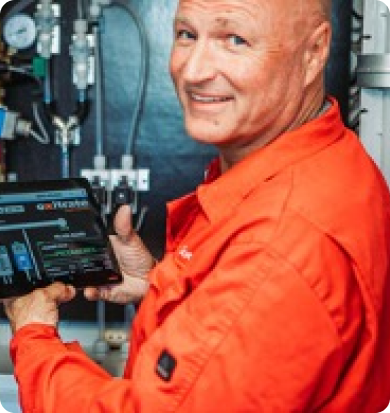A new solution addressing the challenge of process water and waste discharge in accordance with the new BAT-AEL requirements.

Oxitrate will soon launch "Oxitrate Reuse", a new solution for the purification and recycling of process water.
Additionally, Oxitrate Reuse aims to enable the reuse of significant quantities of the factory's process water, providing a sustainable and cost-effective solution for our customers.
“
"We have developed a solution that will be able to separate out the components in the blood water, and which enables reuse of the process water," says Tor Wauer, Product Developer at Oxitrate AS.

Discharge of process water and waste, as well as energy consumption, are among the challenges that this system solves automatically.
Oxitrate Reuse becomes a cost-effective alternative to meet the new BAT requirements set for the discharge of process water, which means that you do not have to make large investments.
We look forward to sharing more soon. In the meantime, as always, you are welcome to contact us about this project, or other solutions for safe and sustainable food production.
Contact us today for more information.


